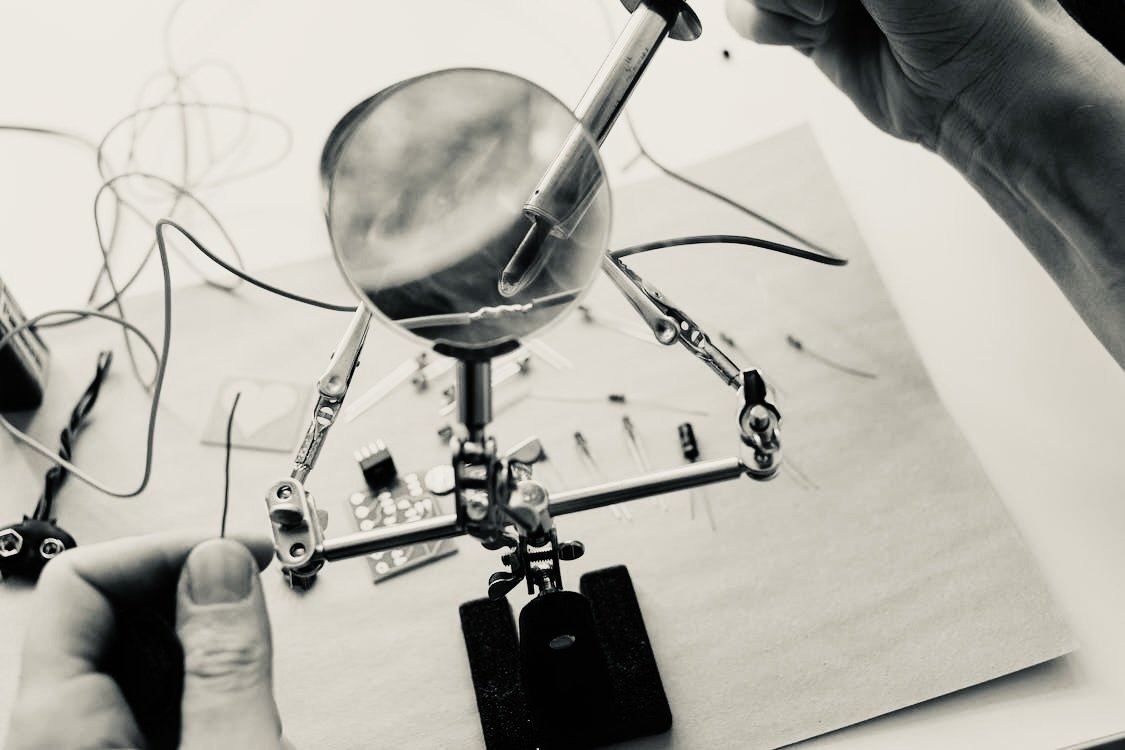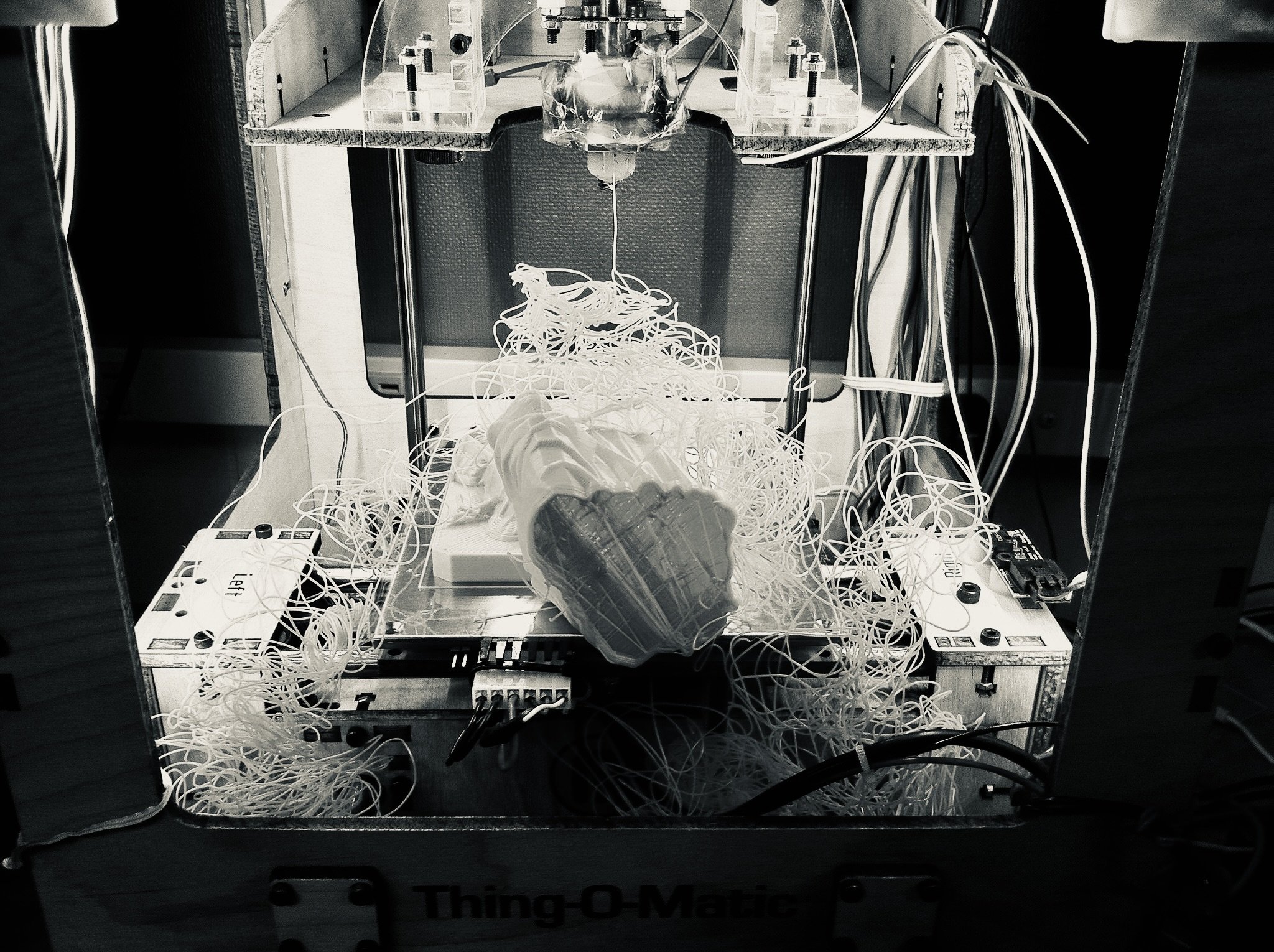
What is the user experience of library makerspaces? Can they make what they wish to make? What barriers exist, and what helps people and communities in these spaces?
I have done (and am doing) several studies on how makerspaces in public libraries impact their users, how they are understood or framed, especially by the people using the spaces. how IS power enacted in these spaces, and what factors help the spaces and their users succeed in reaching their goals? What gets in their way?
What factors help a makerspace succeed, and what might cause them to “fail",” at least as perceived by someone in the library or community? What constitutes “success” or “failure,” and to whom? How do people see the spaces and wish they were designed, for the people to consider the space successful? This is a new study, now accepting field site partners. PLEASE contact us if you have a makerspace that isn’t working (or didn’t work) as you expected.
This study is being done in partnership with Professor Aanya Chugh, Professor in the UKY School of Interiors, and Principal of the architecture and interiors practice AÄ MÄ Studio. It it also supported by the University of Kentucky School of Information Science and School of Interiors.
Public Library Makerspaces: A 2-Phase Mixed Methods Study
How can we assess makerspaces in people-centered (not library-centered) ways that ensure they have power and agency? This Library Quarterly article addresses this question.
The Convivial Capabilities Checklist: Translating Makerspace Research into Practice
What kinds of leisure do public library makerspaces actually support and who is left out? This Library and Information Science Research article offers findings from an extensive ethnographic study.
Serious and casual leisure in public library makerspaces: The two-audience conundrum and research agenda
Makerspaces in public libraries are often labeled “empowering,” but what does that actually mean? This dissertation explores making and power in 3 very different library makerspace contexts.
Convivial Making: Power in Public Library Makerspaces
How do these spaces fit with the library story? This Information Research article/CoLIS proceedings article describes the library faith and its evolution, vis-à-vis makerspaces.
To what ends, by what means?: The development of the library faith from moral uplift to makerspace
How are these spaces seen in the context of access? This Public Library Quarterly article explores makerspaces from the perspective of librarians.
Access and express: Professional perspectives on public library makerspaces and intellectual freedom
How are these spaces arranged and what are the implications? This article from IFLA proceedings starts to explore how spatial considerations impact makerspace use and understanding.
Creating space: The impacts of spatial arrangements in public library makerspaces.
Further Studies.
-
Makerspace Rhetoric
Metaphors of privilege: STEAM and public library makerspaces.
-
Rural Makerspaces
STEAM: Science and art meet in rural library makerspaces.
-
Makerspace Teaching
Makerspaces and Teaching Artists.







